History of FIRST #4 - Values: Inclusion in Action
Over the past 50 years, technology companies have solved some of the world’s most daunting problems. From the Internet to the mobile phone to Generative Artificial Intelligence, technology enables us to do more than any prior generation dreamed was possible. And yet, for the last twenty years, the world’s most innovative companies have failed spectacularly on one mission - bringing diversity and inclusion into their companies.
FIRST recognizes that the lone visionary is a myth. Innovation comes from people with diverse ideas challenging one another to solve a problem in an entirely new way. Therefore, diversity is the best way to not fall prey to the homogeneity of ideas because diverse ideas come from diverse people. When people of different ages, genders, ethnicities, and abilities collaborate, the result is better, more innovative ideas. Therefore, FIRST has invested to provide opportunities for “underserved, underrepresented and vulnerable populations” because the best time to change the world is now.
The Diversity Challenge
The technology industry has a diversity problem. Over the past decade, technology companies spent over $8 billion per year on diversity initiatives. CEOs made pledges, hired Chief Diversity Officers, and shared their data. Ten years ago, Black and Latino workers made up approximately 10% of the technology workforce. Today, Black and Latino workers make up … approximately 10% of the technology workforce. Additionally, underrepresented minorities comprise only 6.5% of engineering teams because they are disproportionately finding jobs in customer success, operations, and administration. Even worse, underrepresented groups are also underpaid compared to their counterparts. We lost a decade.
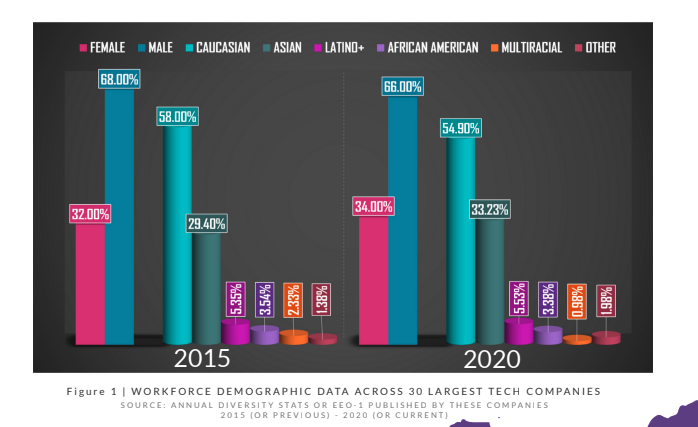
Similarly, the venture capital (VC) community continues to disproportionately fund men over women. For the last decade, the percentage of venture capital going to female founding teams has fluctuated between 2-3%. Not only are women funded less frequently, they are also “funded to fail.” On average, male-led companies receive approximately half of the funding they seek. Women get one-quarter of the funding. Women do not get enough opportunities, and when they do, the funding is insufficient to launch a company. Like the tech companies, VCs have tried to change. There are more female VCs and female-focused VC funds today than a decade ago. Unfortunately, the initiatives have not translated into results.
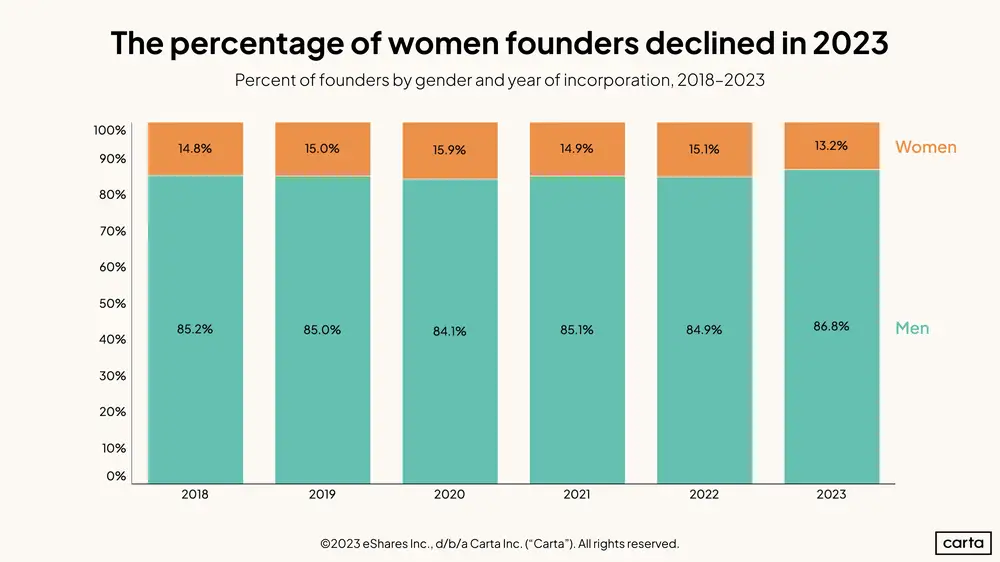
Why are Diversity Initiatives Failing?
Recent research indicates that diversity challenges start before college. The two most commonly attributed causes are:
Networking - People need mentors to help them join the technology world. In high school, students need guidance to explore engineering, computer science, or robotics. In the workforce, the majority of jobs are filled by internal referrals. Unfortunately, underserved minorities don’t have the mentor or business network they need to succeed. It is a self-perpetuating problem.
Confidence - If students and adults do not see examples of other underserved minorities working, leading, and succeeding in technology, they will pursue other careers where they see the potential for success.
We are losing too many potential engineers before they even have a chance to understand, innovate, and change the world.

Inclusion FIRST
FIRST is solving the diversity challenge at the roots. FIRST offers initiatives, grants, and resources for underserved, underrepresented and vulnerable populations so that robotics can open up a path to STEM for everybody.
There are many FIRST programs to expand inclusion. Among them:
STEM Equity Community Innovation Grants - FIRST began this program in 2016 to give underrepresented students around the world a chance to participate in robotics competitions. Each year, ten different organizations get grants ranging from $30,000 to $70,000, with an average of $58,000. These grants are used to create new FIRST communities, with multiple teams in underserved areas. From Greece to Libya, FIRST is spreading a culture of inclusion around the world. FIRST has also given grants to rural communities in states such as South Dakota and Oklahoma, so that they can help close the digital divide. FIRST has granted over $3 million to over 80 organizations, which has helped create thousands of new engineers from underrepresented communities.
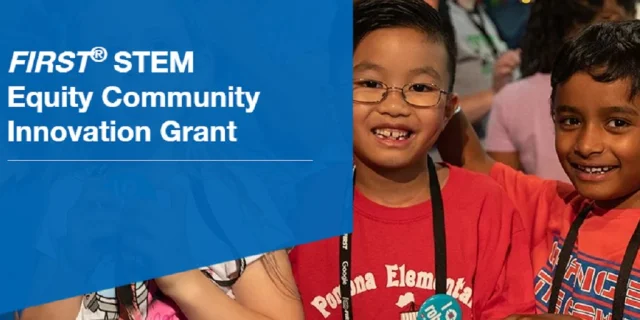
AmeriCorps VISTA - FIRST works with AmeriCorps VISTA (Volunteers in Service to America), an anti-poverty organization that works around the nation to give people opportunities to escape poverty. FIRST AmeriCorps VISTA members dedicate a year of their lives to building FIRST robotics programs in some of the most disadvantaged regions of the United States. They leave behind programs that give students hope that they can be engineers, computer programmers, or business leaders. FIRST AmeriCorps VISTA does not just create robotics teams - they create hope for communities that have been without it for decades.

FIRST Inclusion in Action
After nearly a decade, FIRST’s Inclusion programs have made an enormous impact around the world.
FIRST has helped over 100 urban and rural communities build robotics programs, so that underrepresented and underserved minorities have access to a network of engineers and can see people like them succeed.
FIRST gives young women the confidence to pursue technical careers. FIRST Female alumni are 3.7x more likely to enroll in engineering and 5.3x more likely to enroll in Computer Science. Within the next couple of years, the pipeline that FIRST has been building will unleash a wave of female engineers and programmers that will change the industry.

But FIRST’s impact isn’t just about statistics. It’s about people.
Compton Unified School District - In 2017, the school district received a FIRST STEM Equity Community Innovation Grant. They now run robotics programs in 20 elementary and middle schools. As a result, hundreds of inner city children have access to robotics. In fact, one of the teams, from Roosevelt Middle School, went to the regional championship! They are not just learning STEM, they are gaining confidence and setting an example for those who come after them.
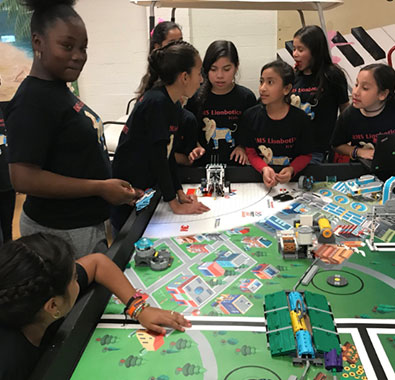
First Nations (Indigenous) communities in Canada - With a FIRST STEM Equity Community Innovation Grant, Alberta Distance Learning Center (ADLC) is bringing opportunities to indigenous populations in Canada. As Lloyd Verreault, a robotics mentor, commented, “We’ve never had robotics on our reserve.” Now, however, the students see a path to jobs in high technology.
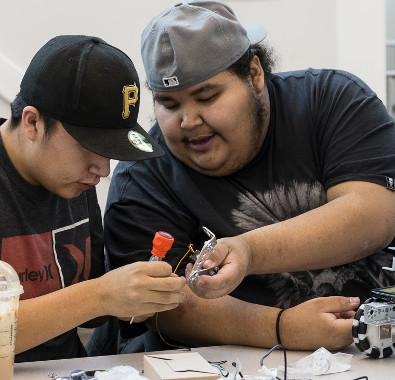
Girl Scouts of Montana and Wyoming - With their FIRST STEM Equity Community Innovation Grant, the Girl Scouts targeted rural communities, trying to close the gender gap and the digital divide at the same time. They have added 18 new robotics teams and broke records for the number of girls competing in robotics competitions. Furthermore, many of the students have been inspired to pursue the FIRST scholarships to become the first in their families to go to college.
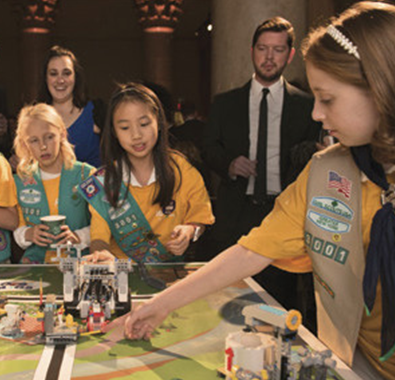
Conclusion
FIRST Robotics members learn how to solve challenging problems. For the previous generation, no problem has been more unsolvable than how to expand diversity and inclusion in technology. Despite investing billions of dollars, the technology industry has failed to increase the percentage of underrepresented minorities in their companies.
FIRST, however, has built a plan that works. Invest at the grassroots level with passionate mentors and organizations. The results - record levels of participation from women and underrepresented minorities in both rural and urban areas.
FIRST invests in inclusion solutions… and its members are delivering an amazing return on that investment!
